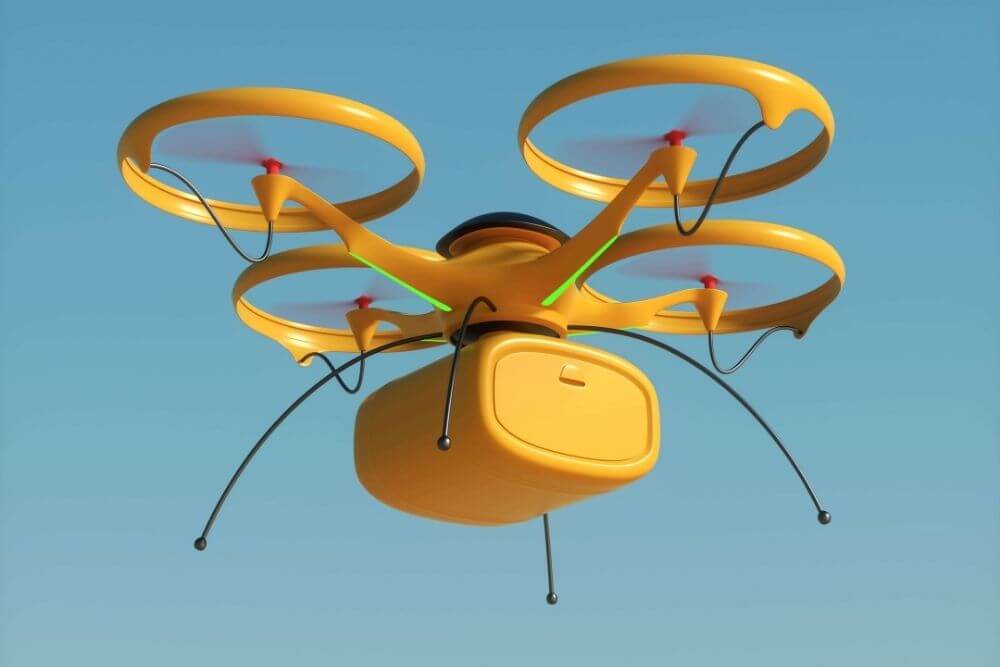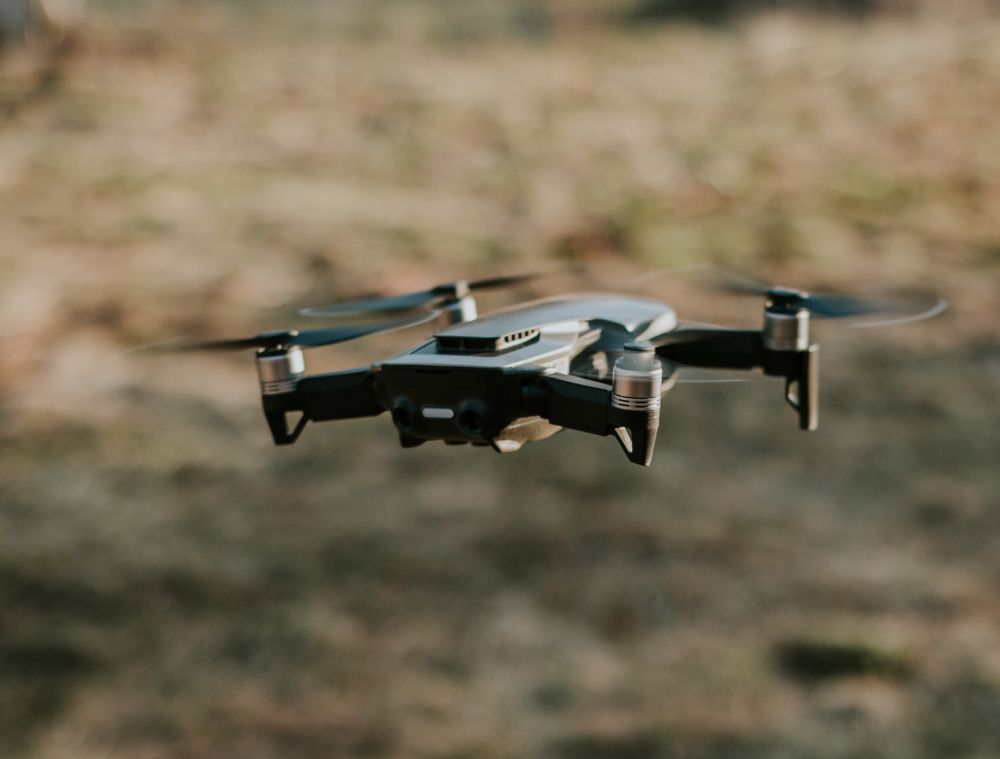The drone industry has seen remarkable growth in recent years, revolutionizing industries such as agriculture, logistics, surveillance, and even entertainment. At the heart of this transformation is innovation and one of the key technological advancements driving this innovation is 3D printing.

3D printing has unlocked new possibilities for drone manufacturers, providing them with the ability to design and produce highly customized, lightweight, and durable components with unprecedented precision. From drone frames to propellers, batteries, and landing gears, 3D printing offers a versatile solution that enhances the performance and efficiency of drones.
The Benefits of 3D Printing in Drone Manufacturing
-
- Customization: With 3D printing, manufacturers can create drone parts tailored to specific needs, whether it’s for unique missions, payloads, or environmental conditions. This level of customization would be difficult and costly with traditional manufacturing methods.
-
- Lightweight Components: 3D printing allows for the creation of lightweight parts without sacrificing strength or durability. In the drone industry, every gram counts. Lighter drones are more fuel-efficient, faster, and able to carry heavier payloads for longer durations.
-
- Reduced Costs and Time: Traditional manufacturing methods often require expensive molds and long production times. 3D printing eliminates these costs and speeds up the design-to-production process, allowing for quicker iterations and faster time-to-market.
-
- Enhanced Innovation: 3D printing fosters creativity by enabling manufacturers to explore new geometries and designs that would be difficult or impossible to achieve through traditional means. This opens the door for innovations that could lead to more efficient, powerful, and reliable drones.
The Future of Drones and 3D Printing

As drone technology continues to evolve, the integration of 3D printing is expected to grow even further. Future developments in materials science, such as stronger, more flexible, and lightweight 3D printing materials, will push the boundaries of drone capabilities. Additionally, advancements in 3D printing techniques could enable on-demand manufacturing of spare parts, which would be especially valuable for industries that rely heavily on drones, such as search and rescue, emergency response, and agriculture.
Conclusion
The fusion of 3D printing and the drone industry is driving a new era of technological advancement. As 3D printing continues to evolve, we can expect drones to become faster, more efficient, and more capable than ever before. The future is taking flight, and with 3D printing, the possibilities are truly endless. Whether you’re a drone manufacturer or an end-user, it’s clear that 3D printing is an essential tool for innovation in the drone industry.